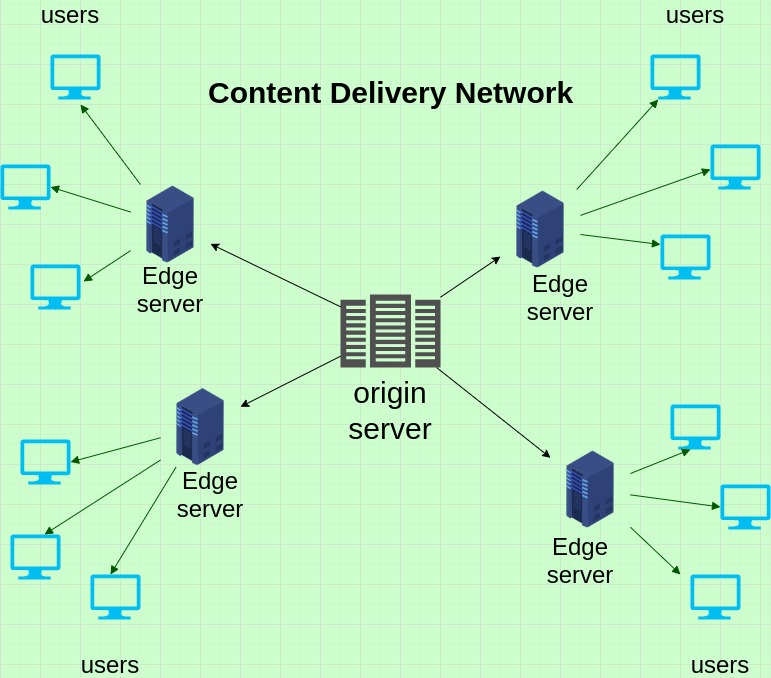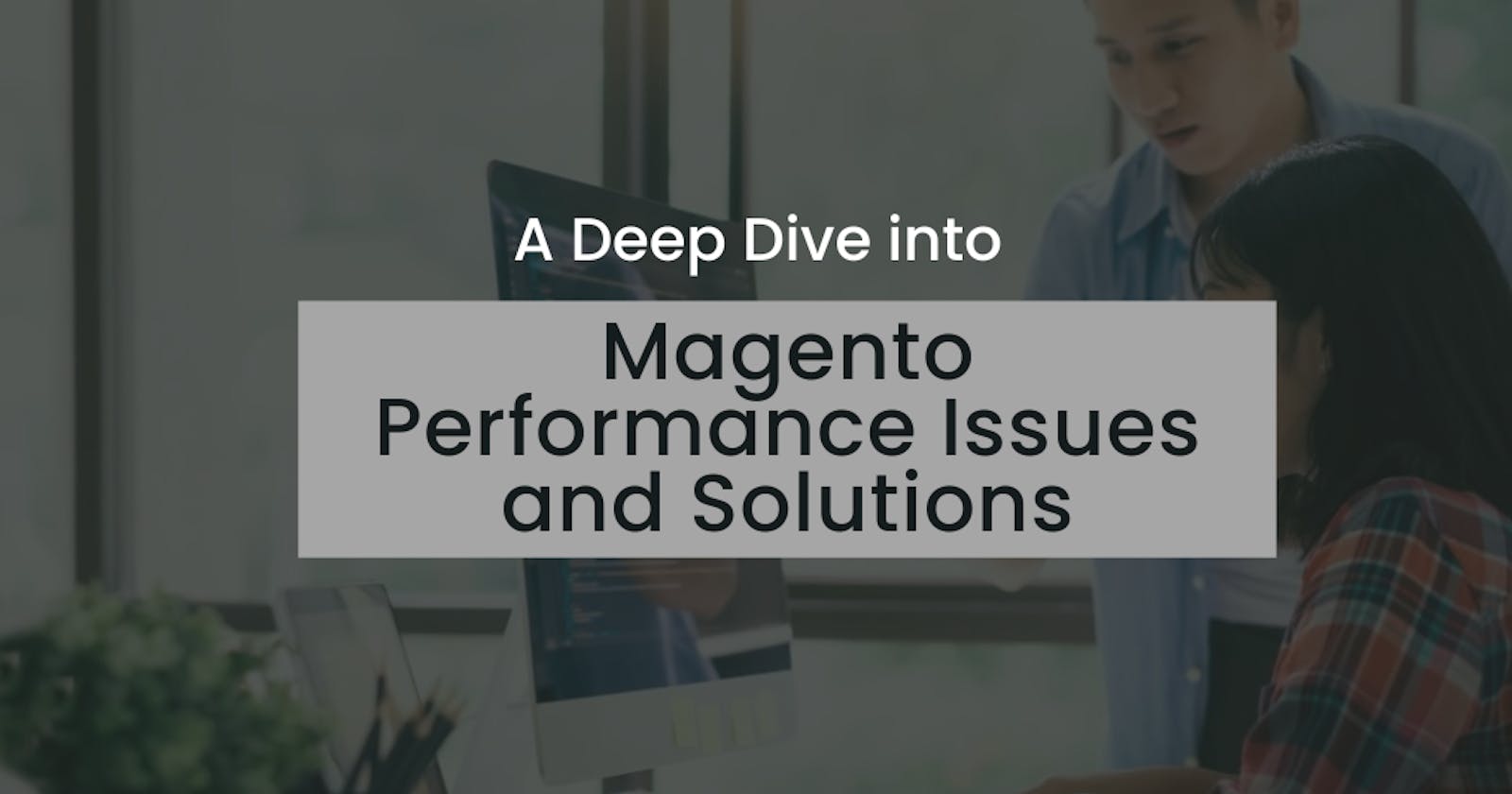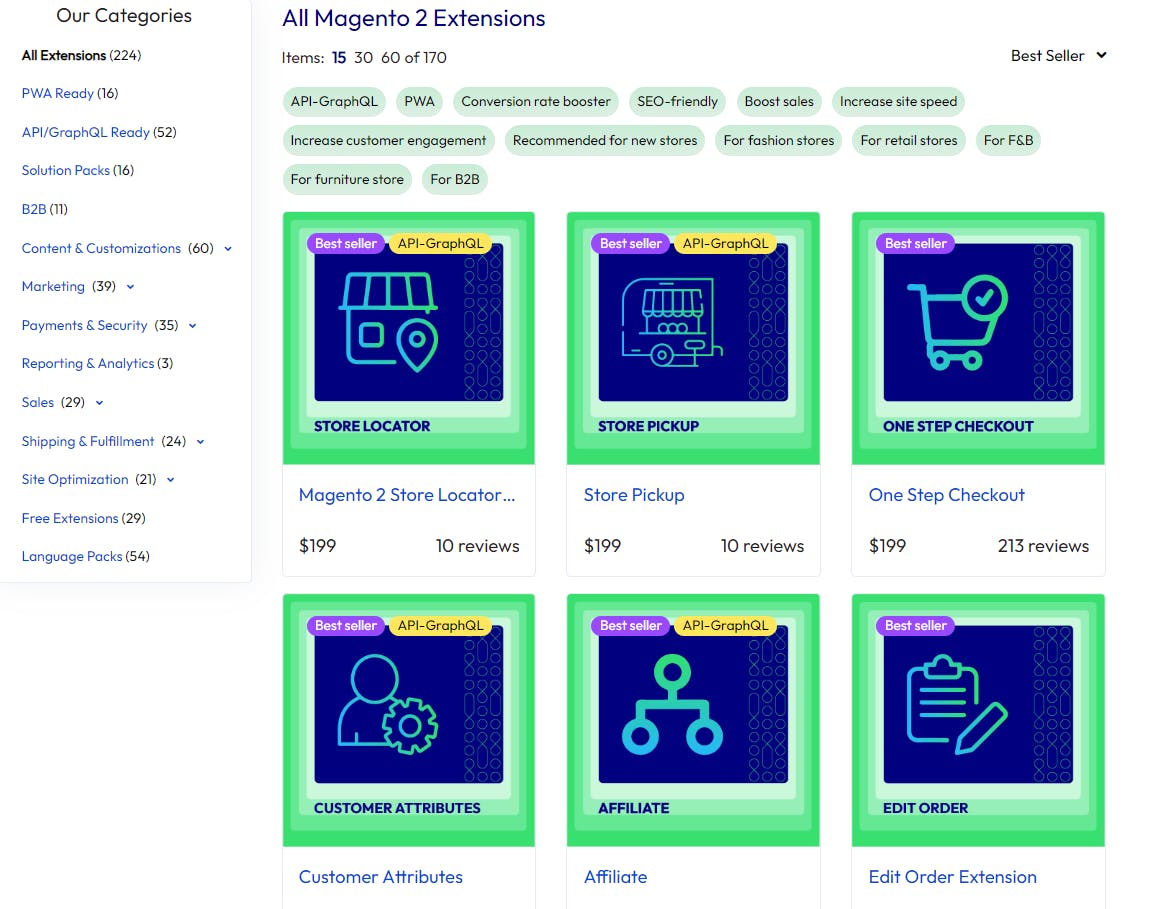In the highly competitive world of e-commerce, providing a seamless and lightning-fast shopping experience is essential to keep customers engaged and drive higher conversions. Magento, being one of the most popular e-commerce platforms, offers a powerful set of features but can face performance challenges when not optimized correctly. In this article, we will explore common performance issues in Magento and dive into effective solutions to boost your store's speed and efficiency.
Common Performance Issues in Magento
Slow Page Load Times
Online shoppers have little patience for slow-loading pages. Multiple factors contribute to sluggish page load times, including unoptimized images, heavy CSS and JS files, and server response delays. These issues can lead to a poor user experience and negatively impact your search engine rankings.
To tackle this, employ techniques like image compression, lazy loading, and minification of CSS and JS files. Additionally, consider implementing full-page caching and integrating a Varnish cache to deliver pre-rendered pages to users.
High Server Resource Consumption
Magento's dynamic nature and feature-rich environment can put a strain on server resources, resulting in slow response times and even website downtime during traffic spikes.
Address high server resource consumption by optimizing your server configurations and ensuring sufficient memory, CPU, and disk space. Utilize content delivery networks (CDNs) to offload server requests and distribute assets across multiple geographic locations, reducing the server's burden.
Database Bottlenecks
Magento heavily relies on its database for storing product data, customer information, and order details. As your store grows, database queries and processing can become bottlenecks, affecting overall performance.
Optimize database performance by indexing tables, choosing the right storage engine, and employing database caching with tools like Redis or Memcached. Consider scaling your database infrastructure horizontally to handle increased demand.
Performance Optimization Techniques
Caching Strategies
Caching is a crucial aspect of Magento performance optimization. Utilize full-page caching to store complete HTML pages, reducing the need for database and server requests. Implement a Varnish cache to serve cached pages directly from memory, dramatically improving response times.
Additionally, leverage Redis or Memcached as backend and session cache storage to speed up data retrieval and enhance user experience.
Content Delivery Network (CDN)
A CDN helps reduce latency by delivering website assets from servers closest to the user's geographic location. By caching static resources like images, CSS, and JS files on CDN servers, you can improve load times and decrease server load significantly.
Integrate a reliable CDN service with your Magento store and monitor its impact on performance using tools like Google PageSpeed Insights.

Optimizing Frontend
The frontend of your Magento store plays a crucial role in determining performance. Optimize CSS and JS by minimizing and concatenating files to reduce the number of HTTP requests. Compress images without compromising quality, and enable lazy loading to load images only when they come into view.
Leverage browser caching to instruct user browsers to store certain assets temporarily, reducing the need for repeated downloads.
Server and Infrastructure Enhancements
Choose a hosting environment that aligns with your store's traffic and resource requirements. Consider cloud hosting services that offer scalability and flexibility to accommodate sudden spikes in traffic.
Distribute your content and code across multiple servers using a Content Delivery Network (CDN) or services like Amazon CloudFront to enhance website performance for users worldwide.
Performance Testing and Monitoring
Importance of Regular Performance Testing
Regularly conduct performance tests on your Magento store to identify bottlenecks and areas for improvement. Testing allows you to simulate various scenarios, such as high traffic loads, and assess how your store performs under different conditions.
Selecting Performance Testing Tools
Choose suitable performance testing tools like Apache JMeter or LoadRunner to measure response times, server performance, and database queries. These tools help you identify weak points and validate the effectiveness of your optimizations.
Monitoring and Alerts for Performance Anomalies
Implement a robust monitoring system to keep track of key performance metrics. Set up alerts to notify you of any anomalies, such as sudden traffic spikes or server resource overload, so you can take immediate action.
Common Pitfalls and Mistakes
Overlooking Code Quality and Efficiency
Well-optimized code and efficient database queries play a significant role in enhancing performance. Avoid careless coding practices and regularly optimize database queries to ensure smoother operations.
Not Optimizing Third-Party Extensions
Third-party extensions can impact performance if they are poorly coded or resource-intensive. Choose reputable extensions like Mageplaza and regularly update them to the latest versions to benefit from performance improvements.
Ignoring Regular Updates and Maintenance
Keep your Magento version up-to-date, as newer releases often come with performance enhancements and security patches. Regularly perform system maintenance, database cleanup, and cache flushing to ensure optimal performance.
Case Studies
Success Stories of Magento Performance Optimization
Explore real-world examples of online stores that significantly improved their performance through various optimization techniques. Learn from their experiences and apply similar strategies to your store.
Real-world Examples of Troubleshooting Performance Issues
Discover how other stores identified and addressed performance bottlenecks and challenges. Gain insights into troubleshooting methodologies to tackle potential issues in your Magento store.
Conclusion
In the fast-paced world of e-commerce, delivering a seamless and high-speed shopping experience is vital for success. By understanding and addressing common Magento performance issues and implementing the right optimization techniques, you can unlock the full potential of your store. Embrace continuous performance monitoring and improvement to keep your Magento store at the forefront of the competition.

